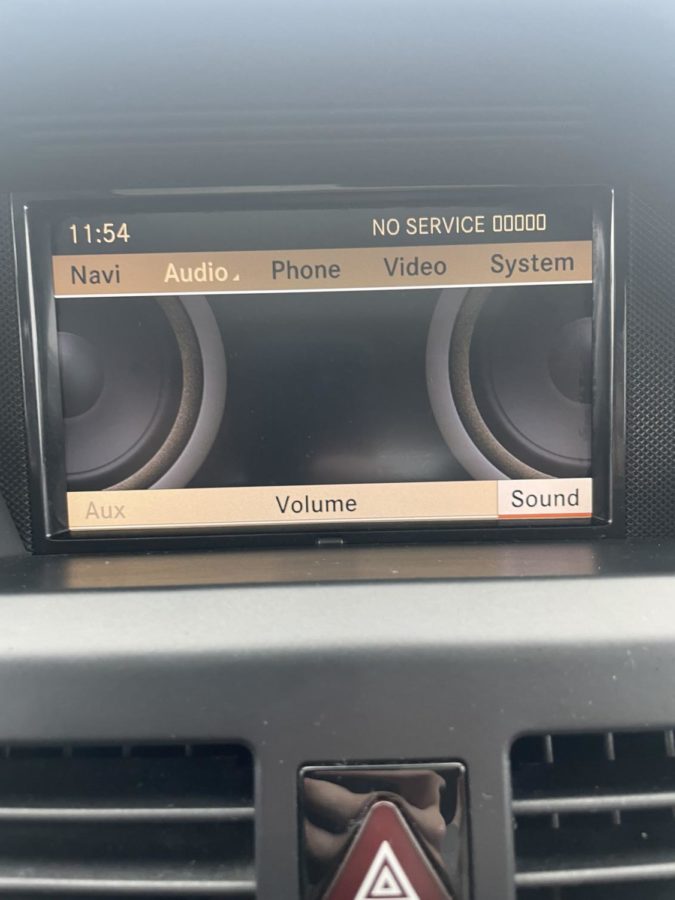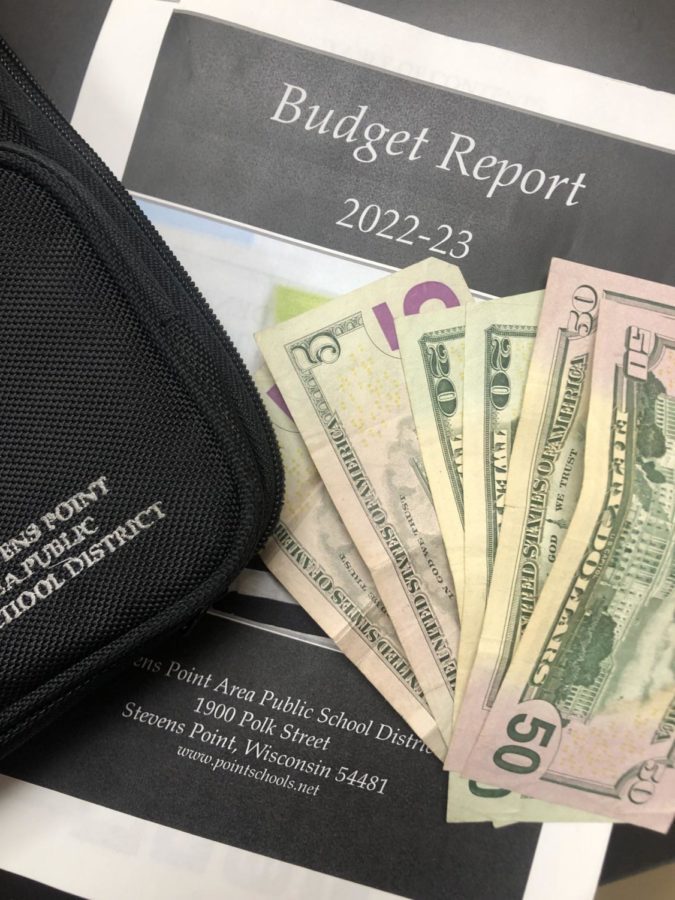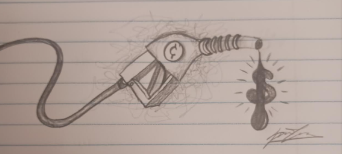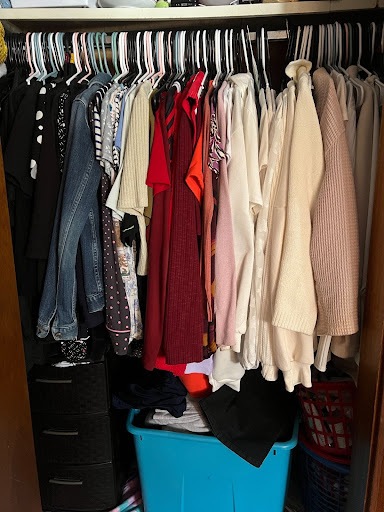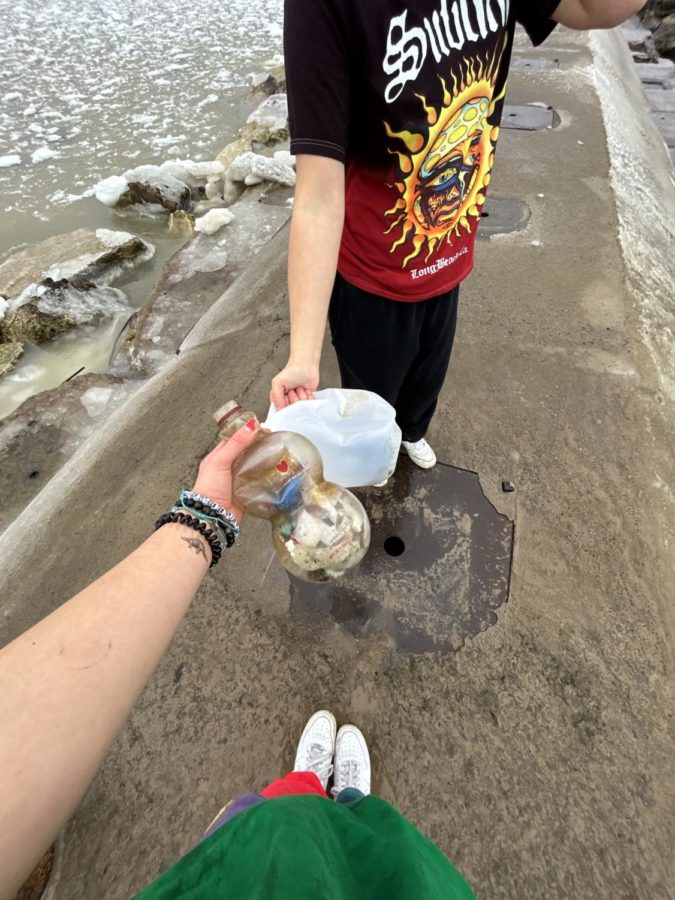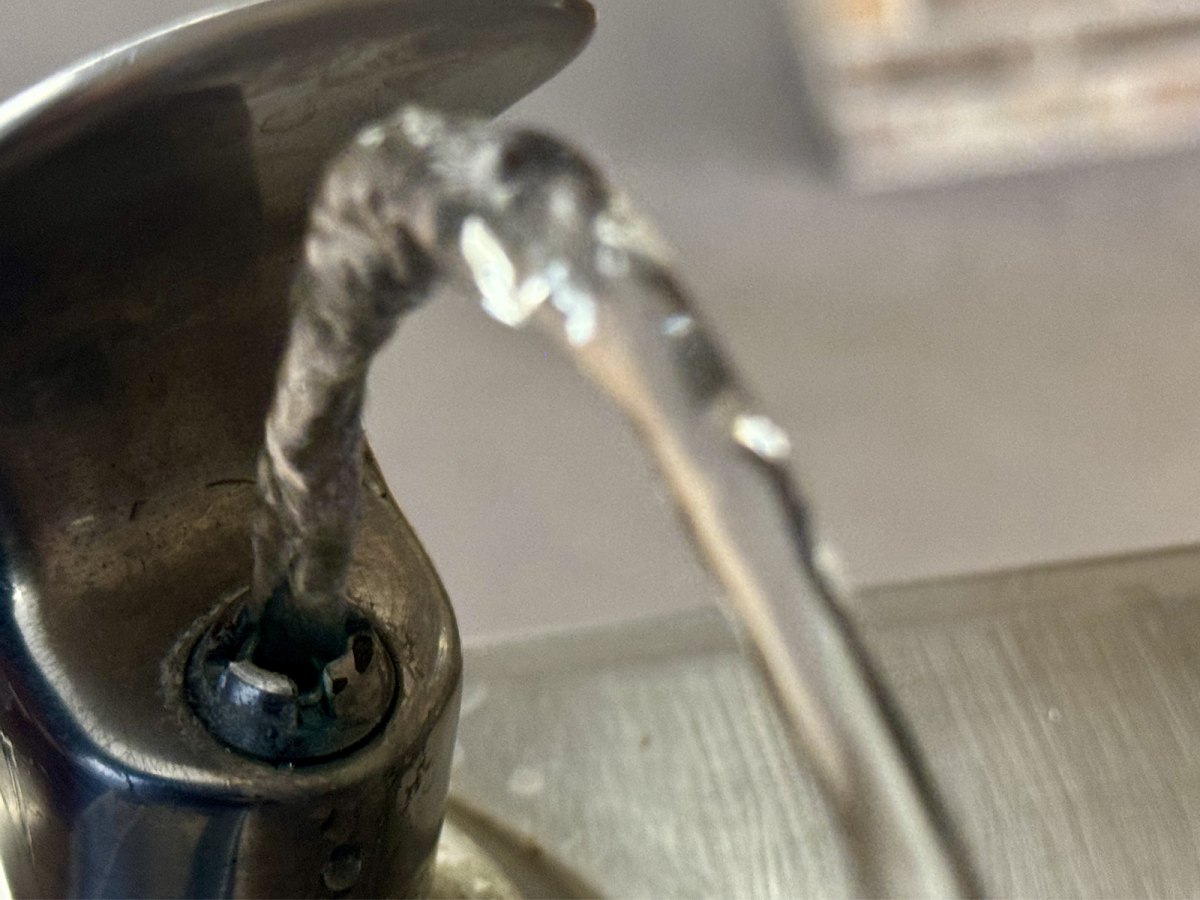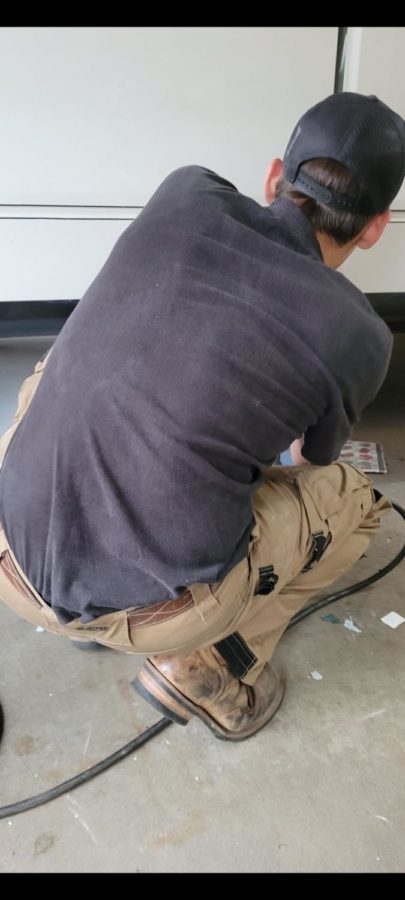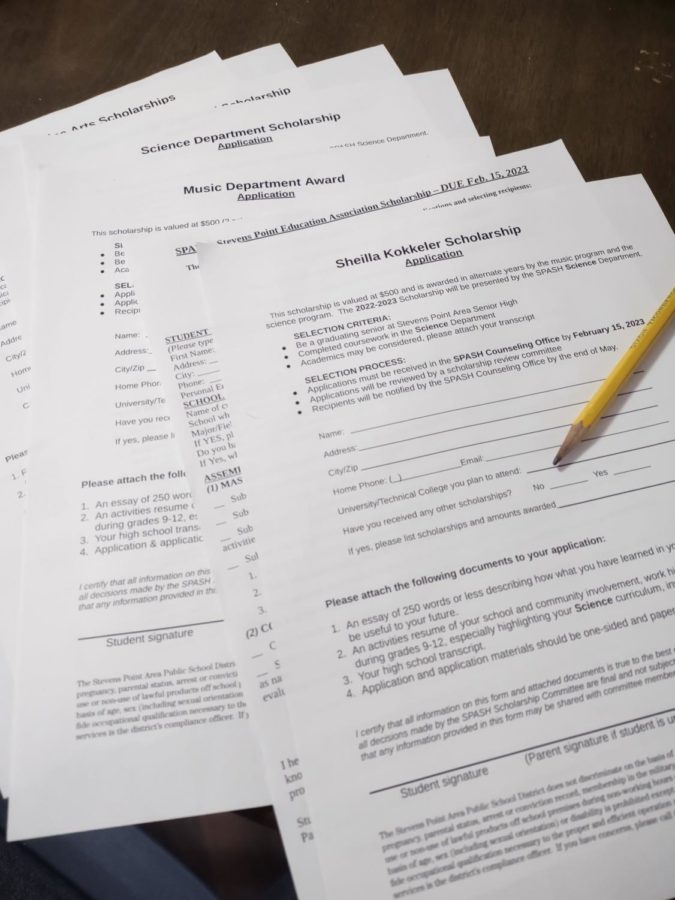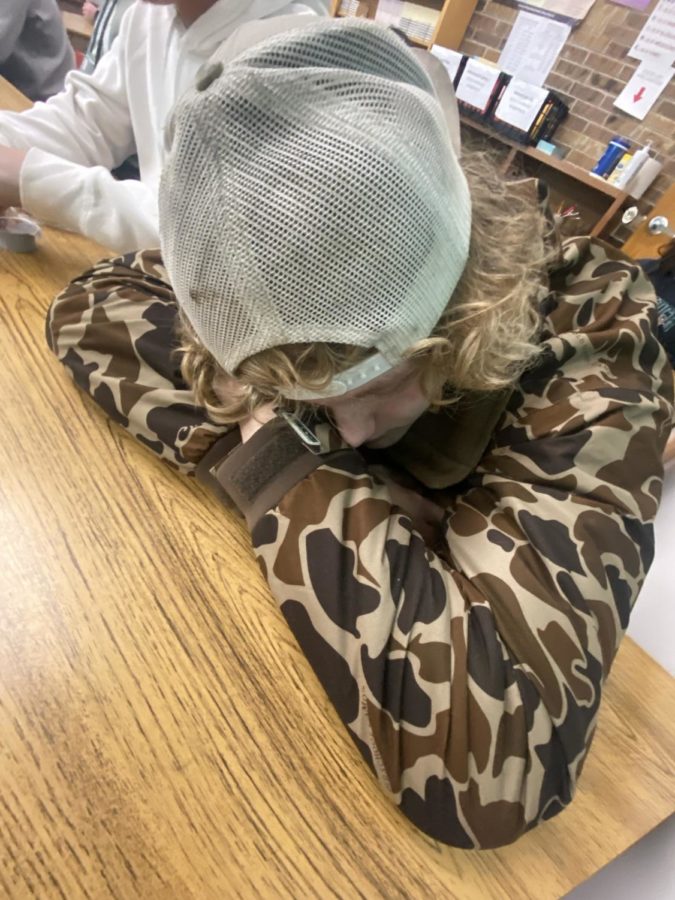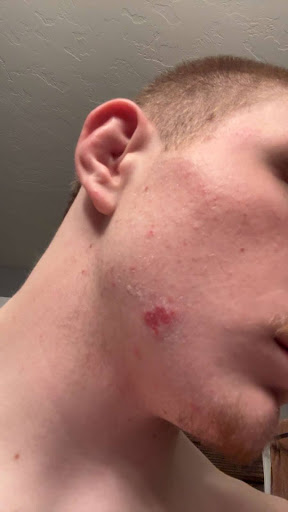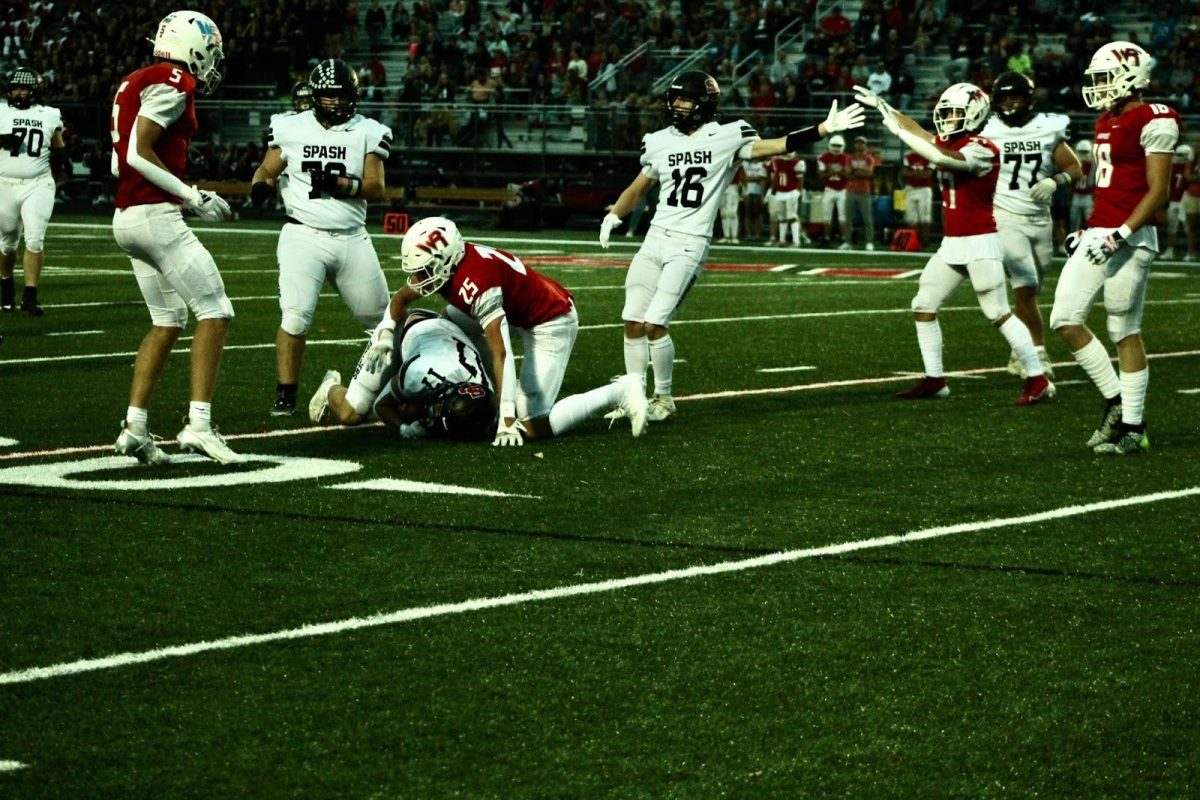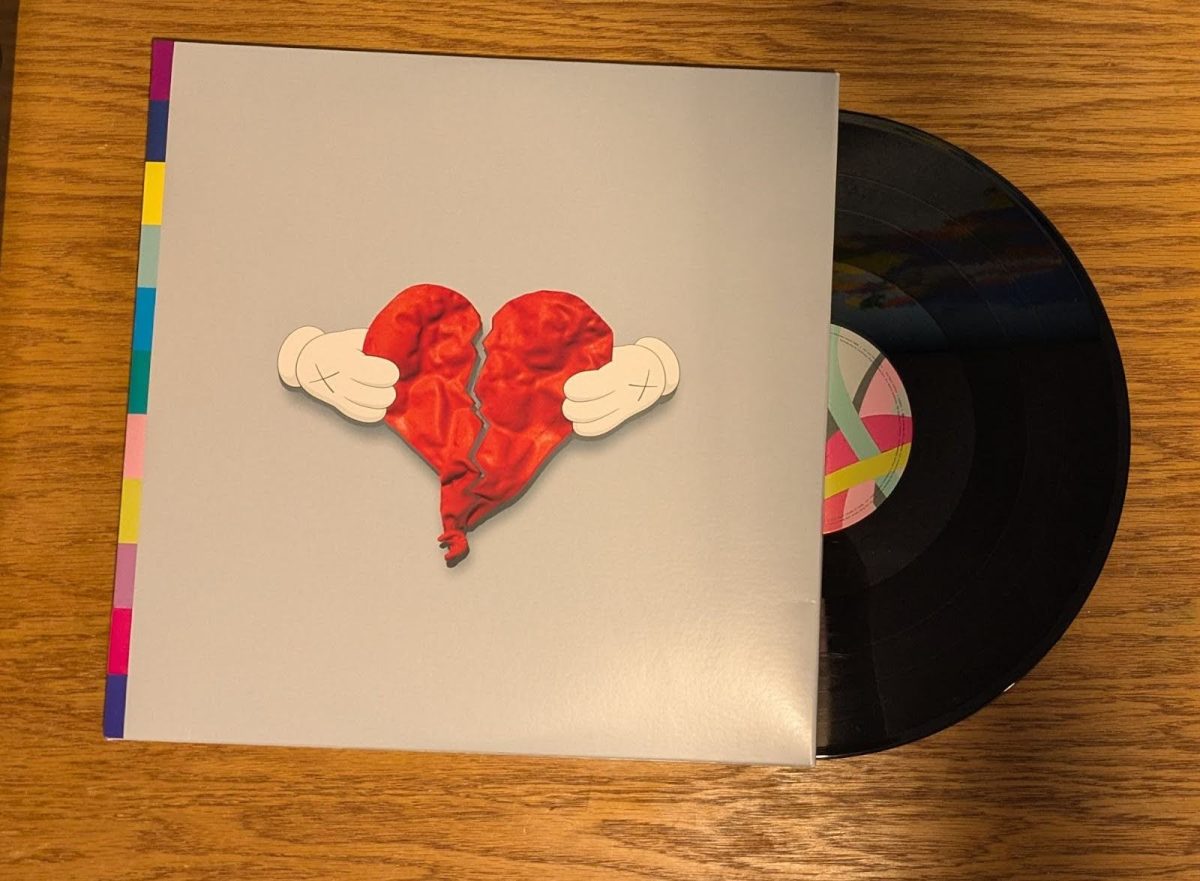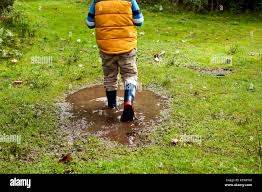Wrestling is known to be one of the grossest sports. This is because of some of the issues that wrestlers have to deal with off the mat. That is skin infections. Since wrestling was created, athletes have dealt with all sorts of skin infections, such as ringworm, impetigo, herpes gladiatorum, and many more, with the first cases of these infections being discovered back in 3000 B.C. by the Ancient Greeks. These infections are still very prevalent to this day and have been a problem for many athletes around the globe. With advancements in medicine and medical technology, how are these infections still a problem today?
A high school in Minnesota was recently forced to shut down its wrestling program for a short period of time due to an outbreak of the viral infection, Herpes Gladatorum. An article written by author Laura Greifner was the first to report about this incident. ”Minnesota high school officials have suspended all wrestling matches and contact practices for more than a week after an outbreak of herpes gladiatorum, a contagious skin infection”(Greifner). Herpes Gladiatorum is a disease that is caused by the Herpes Simplex Virus Type-1. This means that once you are infected with the disease, you are infected with it for life. So how does someone get this disease? Greifner explains, ” The virus is spread by skin-to-skin contact, and symptoms include lesions on the face, hands, and neck” (Greifner). Wrestlers have to be extremely cautious when it comes to these infections because of how easily they spread. Sometimes this is hard because of the conditions that the wrestlers have to wrestle in. They always have skin-to-skin contact with another athlete and the mats can also be dirty. This causes skin infections to spread like wildfire and can sometimes be unpreventable.
An article Published by the National Library of Medicine said that,”Skin infections are a common problem among athletes at all levels of competition; among wrestlers, 8.5% of all adverse events are caused by skin infections”(Outbreak of Skin Lesions Among High School Wrestlers). The Center for Disease Control (CDC) did studies on skin infections in wrestlers and this was one of their findings; “One wrestler with physician-diagnosed HSV-1 reported having lesion onset 4 days before the January tournament and wrestling in the tournament with uncovered arm lesions. During the 2–9 days after the tournament, seven athletes who had wrestled in the tournament developed HSV-1 infection; during the 5–14 days after the tournament, three teammates who had not wrestled developed HSV-1” (Outbreak of Skin Lesions Among High School Wrestlers). This explains how contagious this infection really is. It even affected some of the athlete’s teammates who didn’t wrestle in the tournament. It is likely that the infected wrestler had brought the infection into the practice room causing some of his teammates to be infected as well.
An interview was conducted with SPASH’s Head Wrestling Coach, Reid Gust. When asked about SPASH Wrestling’s experiences with these infections. When asked how SPASH compares to other programs in the Wisconsin Valley Conference regarding skin infections he explained,“ All of the programs in the conference compare pretty much the same. It comes around and goes around and sometimes you can’t do much to prevent it.” When asked what precautions the team takes to make sure these infections don’t spread, Gust said,”The mats are supposed to be cleaned daily by the janitors. I spray them down and mop them before practice. It is required that you wear Defense Foam during practice and shower immediately after practice, preferably here.” Defense Foam is a type of foam that you rub onto any exposed skin on your body. The foam then acts like a protective barrier that is supposed to protect your skin against infections and diseases you may get while practicing. Gust also stated, “Just simple things like showering right after practice can make a huge difference. If you think you have something go get it checked out and get on medication immediately to prevent bringing it up into the room and putting others at risk.” These small things can make a big difference in slowing the spread of these infections and keeping the SPASH Wrestling program not to be shut down.
But what if you happened to get these infections? Every state has a different policy on the procedures that need to take place before you return to the mat. An article written by authors at the National Library Of Medicine explained that, “In general, an athlete may return to participation after treatment for the skin infection has been instituted and lesions are resolving. However, this varies with the type of infection”(Cutaneous Infections in Wrestlers). So what is the procedure if you are infected with Herpes Gladiatorum? Well, the article also explains the procedures that the NCAA requires if you are infected with Herpes Gladiatorum. This is what they had to say, “No new lesions for 72 hours before the examination, Resolution of all systemic symptoms in primary cases, All lesions must be dry and covered by a firm adherent crust; moist, active lesions covered to allow participation, Treatment cannot be with appropriate systemic antiviral therapy for at least 120 hours before and at the time of competition” (Cutaneous Infections in Wrestlers). These are the minimum procedures you must take if you want to return to wrestling after being infected with the HSV-1 Virus. This is an annoying process because you lose practice time and there is potential that you might even miss the next wrestling event.
Since these infections have been around for so long, how have we not been able to get rid of them entirely? Every wrestling program in the world takes different precautions to try to get rid of these infections like special creams or soaps that kill bacteria, but people still end up getting infected. Is it even possible to get rid of these infections entirely and make them a thing of the past?








